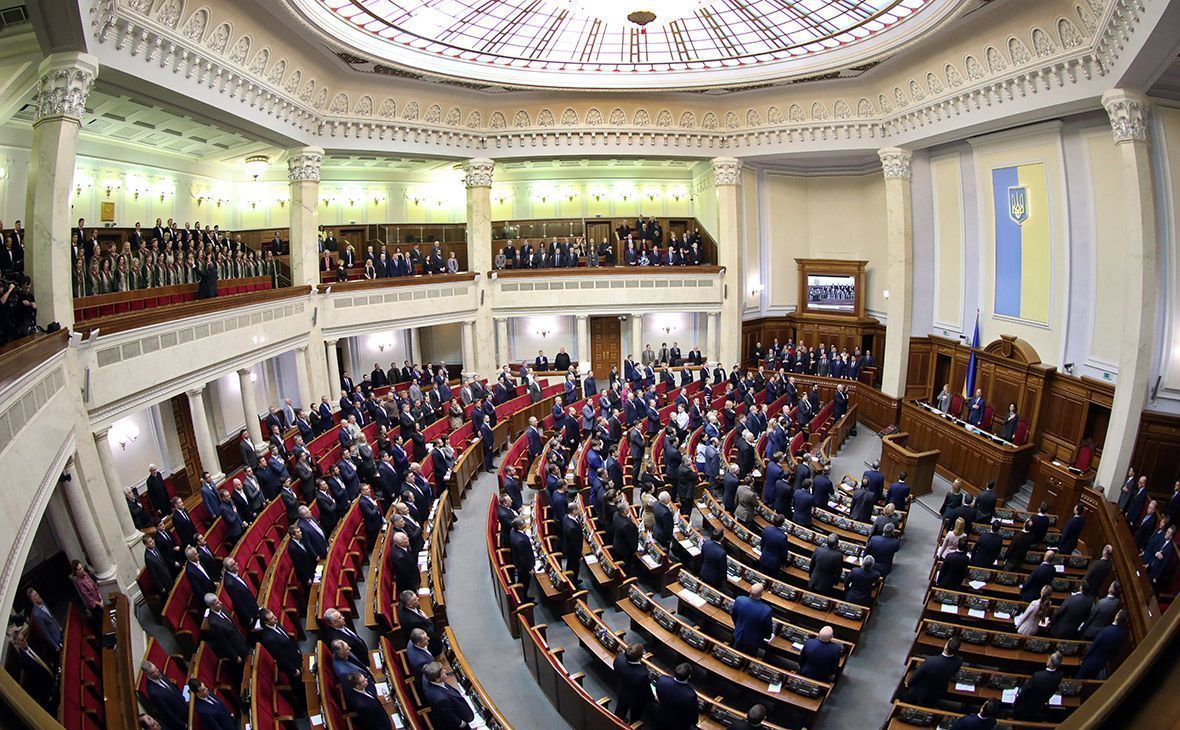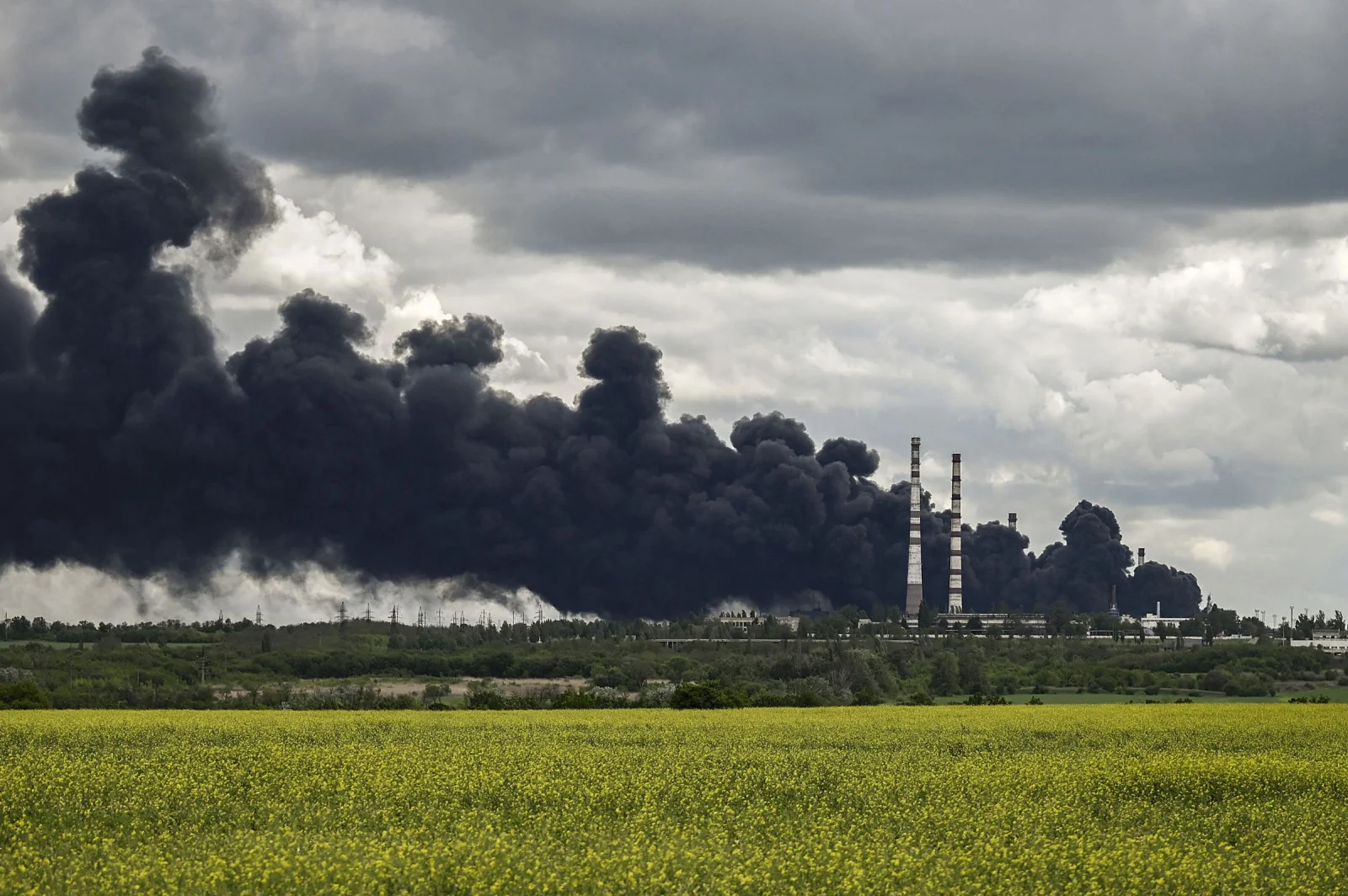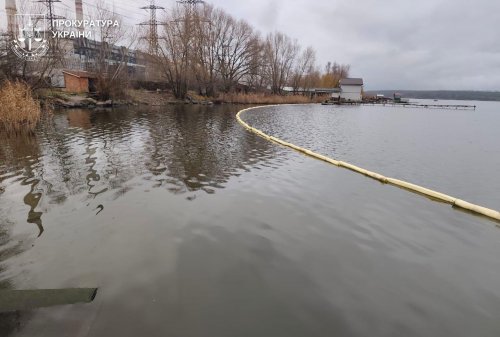EcoPolitic together with experts analyzed the Action Plan for the Establishment of a National Emissions Trading System (ETS) for Greenhouse Gas Emissions published by the Ministry of Environmental Protection and Natural Resources of Ukraine on November 20. We tried to figure out how feasible the document is, how it will be implemented, and what risks it carries.
Why it is important
Among the six European integration reforms in the field of environment envisaged in the Ukraine Facility Plan for 2024-2027 is Reform 3 – “Market-based carbon pricing mechanisms”.
The list of indicators for the implementation of this reform has two items:
- approval of an action plan to establish a national greenhouse gas emissions trading system;
- restoration of the mandatory system of monitoring, reporting and verification of greenhouse gas emissions (MRV).
The first indicator has a deadline of the first quarter of 2025, and the second – the second quarter of the same year.

The result for the first indicator will be the adoption of the Cabinet of Ministers of Ukraine's Resolution “On Approval of the Action Plan for the Establishment of a National Greenhouse Gas Emissions Trading System”.
The result for the second indicator will be the restoration of the mandatory MRV system.
“The creation of a greenhouse gas emissions trading system is an important part of Ukraine's European integration commitments. This is a key tool for achieving climate goals under the Paris Agreement and implementing the European Green Deal,” says Vladyslav Antipov, Director General of the Center for Ecology and New Technologies Development (CERN).
According to Pavlo Masyukov, Director of the GIZ project “Supporting the Implementation of a Greenhouse Gas Emissions Trading Scheme (ETS) in Ukraine,” the introduction of an ETS can be an effective tool to encourage businesses to adopt clean technologies and increase their competitiveness in international markets, especially in Europe.
“At the same time, the implementation of this plan requires a comprehensive approach, including the creation of an effective monitoring and control system, ensuring transparent distribution of quotas, adaptation of enterprises and attracting investments in green technologies,” the expert says.
What is Ukraine's progress in implementing this reform?
1. On November 20, the Ministry of Ecology published a draft order of the Cabinet of Ministers “On Approval of the Action Plan for the Establishment of a National Greenhouse Gas Emissions Trading System.” According to it, the launch of the pilot phase of the Ukrainian ETS will start in 2028, and its full operation will begin 3 years after the termination or lifting of martial law.
On December 30, 2024, the Ministry of Environment announced the completion of the public discussion procedure and reported that no suggestions or comments on the draft regulation had been received from the public.
“The feasibility of the plan proposed by the Ministry depends on many factors, among which the most important are the availability of a qualified team of specialists who will be involved in the creation of the ETS, sufficient funding to launch the system, and stable political support,” says Vladyslav Antipov.
In his opinion, the success of the implementation also depends on the ability to adapt international experience to Ukrainian realities.
2. On November 21, the Verkhovna Rada adopted as a basis the European integration draft law No. 12131 “On Amendments to Certain Legislative Acts of Ukraine on the Restoration of Monitoring, Reporting and Verification of Greenhouse Gas Emissions.” It provides for the resumption of monitoring, reporting and verification of greenhouse gas emissions in Ukraine.

Photo: rbc.ua.
On January 8, 2025, the Parliament approved the bill in the second reading, and on January 29, President Volodymyr Zelenskyy signed the document. On February 1, Law No. 4187-IX “On the Restoration of Monitoring, Reporting and Verification of Greenhouse Gas Emissions” came into force.
This means that lawmakers have confirmed their readiness to fulfill the indicators set by European partners.
Olha Semkiv, Director of the Sustainable Development Department at ArcelorMittal Kryvyi Rih, in her commentary for EcoPolitics, noted that the draft plan is a kind of roadmap for negotiations within Cluster 4 in the process of Ukraine's European integration, which demonstrates Ukraine's readiness to work with one of the most complex instruments of the EU's environmental policy, namely the implementation of a greenhouse gas emissions trading scheme.
“At the same time, it is important to realize that the plan is a guideline, and any obligations under the EU-Ukraine Association Agreement have a completely different weight. Therefore, if there is the slightest doubt about the feasibility of implementing the plan within the planned timeframe, it should be adjusted according to the available resources and the state of affairs in order not to create deadlocks in the negotiation process,” she said.
When is it appropriate to implement an ETS in a time of war?
As noted above, the Ministry of Environment proposes to launch the pilot phase of the Ukrainian ETS in 2028, and the full functioning of the system is expected no earlier than 3 years after the termination or lifting of martial law.

Photo: time.com.
In their letter to the Minister of Environmental Protection and Natural Resources of Ukraine Svitlana Hrynchuk, a copy of which was obtained by EcoPolitics, experts of the European Business Association (EBA) propose to identify the following key phases of the ETS implementation in Ukraine:
- Relaunch of the MRV in 2025 with at least 3 years of full operation before the start of the pilot phase of the ETS implementation. In other words, the start of the pilot phase will depend on the success of the MRV restart. Of course, in the context of war and martial law, the functioning of the MRV cannot be considered full-fledged.
- Development of the regulatory framework. This process will take place in parallel with the first stage. According to the EBA Committee member companies, it may take 2-3 years.
- The pilot phase of the ETS implementation will start in 2028.
- The full phase of the ETS implementation will start in 2031.
“The EBA companies believe that the pilot phase of the ETS implementation should start in 2028, and the full phase of the ETS application should start in 2031, provided that at least 3 years after the termination or abolition of martial law and at least a three-year period after the launch of the pilot phase will have passed,” says Victoria Karpets, Manager of the EBA Industrial Ecology and Sustainable Development Committee.
She explained the need for such a postponement by the fact that the launch of the ETS requires specific calculations of parameters, including setting emission limits, approaches to determining the total amount of allowances, rules for their distribution and auctions.
“In addition, there is a risk of incomplete or missing data, for example, due to a non-functioning MRV system, which will complicate the full functioning of the ETS in a timely manner,” the expert warned.
The EBA experts emphasized that the pilot phase will be an important step in improving the system, as it will provide additional information for its development. However, it cannot start earlier than 3 years after the full functioning of the EHI and cannot be implemented in the context of war or martial law.
According to Viktoriia Karpets, business representatives generally assess the structure of the report as satisfactory, but the timeline for its preparation is ambitious due to the scale of research and consultations. She emphasized that overlapping stages can cause delays in the adoption of regulations, so it is important to determine which ones should be adopted before the start of the pilot phase and which ones can be finalized gradually.

Vladyslav Antipov told our publication that, in his opinion, the 3-year deadline may be realistic, provided that sufficient funding is provided for industrial modernization and support for enterprises in the adaptation process.
“Today, Ukrainian enterprises face numerous challenges, including lack of access to investment and destroyed infrastructure. Without the help of the government or international financial institutions, the implementation of this plan could become extremely difficult. Therefore, active coordination between the government, business and international partners is needed to ensure the successful launch of a full-fledged ETS system,” he said.
According to Pavlo Masyukov, given the political will, proper regulation and support from all stakeholders, Ukraine has a real chance to successfully implement the ETS on time. He believes that, given Ukraine's European integration course and the current uncertainty caused by the military actions of the Russian Federation, the proposed preparatory stage for the launch of the ETS in pilot mode from 2028 seems sufficient for high-quality preparation and effective implementation of this climate reform.
“In general, a 3-year period for the transition from a pilot to a full-fledged emissions trading system is quite reasonable. By the way, the first phase of the ETS launch in the EU lasted from 2005 to the end of 2007, i.e. 3 years. According to the proposed text of the document, the full-fledged phase in Ukraine will begin not three years after the start of the pilot phase, but not less than three years after the end of the war. In other words, the pilot phase may actually be much longer,” the expert explains.
He noted that the pilot phase should basically introduce the main ETS instruments and become a practical tool for identifying and eliminating potential shortcomings of the future system. According to the expert, during this time, Ukraine will be able to make the necessary adjustments, improve procedures and develop effective mechanisms for the full launch of the ETS.
“At the same time, we need to understand that the situation is affected by a number of circumstances. Ukrainian business, especially those affected by the war, will need time to adapt to the new ETS rules, invest in clean technologies and modernize production, but such investments are necessary for efficient use of resources, improvement of competitiveness of Ukrainian producers and their further integration into the EU common market,” said Pavlo Masyukov.
Risks inherent in the Action Plan for the Establishment of a National Emissions Trading System
EcoPolitic asked the experts what pitfalls are present in the proposed draft document.
According to Olha Semkiv, the updated draft plan demonstrated that the developers and the Ministry of Environment listen to stakeholders and meet rational and reasonable comments.
“Currently, the draft lacks coordination between the timing of the resumption of reporting under the national MRV, pilot and full ETS phases. These stages should be consistent and take enough time to adapt the facilities to the new regulatory realities,” she said.
Vladyslav Antipov immediately noted the positive aspects of the ETS in Ukraine. He believes that these include the fact that Ukraine follows global trends in decarbonization. This, in turn, contributes to its integration into the EU.
“It can also stimulate innovation in the economy and increase the competitiveness of Ukrainian enterprises in the international market,” the expert believes.
However, Vladyslav Antipov noted that there are also negative aspects, including the fact that the implementation is taking place during a very difficult period of war, when the Ukrainian economy is weakened.
He also mentioned insufficient business adaptation to rapid changes and a possible increase in the financial burden on enterprises as risks.
“There is also a threat that some industries may lose their competitiveness without additional support,” said the CERN Director General.
 Viktoriia Karpets noted that the draft Plan covers key aspects, provides for training and engagement of experts. However, the expert reminded that the mechanism for business participation and staffing of government agencies with ETS specialists remains uncertain.
Viktoriia Karpets noted that the draft Plan covers key aspects, provides for training and engagement of experts. However, the expert reminded that the mechanism for business participation and staffing of government agencies with ETS specialists remains uncertain.
“It is also envisaged to create a large number of institutions that will participate in the creation of the ETS, but there is no clear understanding of the mechanisms of interaction between them,” she said.
The manager of the EBA's Industrial Ecology and Sustainable Development Committee expressed the opinion that the renewal of the MRV system planned for 2025 has both advantages and risks.
“It will allow testing the system before the launch of the ETS, but may affect the quality of the analytical report if the latter does not take into account the current MRV data. The lack of clear coordination may affect the effectiveness of further decisions,” she said.
Pavlo Masyukov agreed with the opinion of the previous experts regarding both positive aspects and potential risks. Among the factors that will facilitate the implementation of the ETS in Ukraine and can ensure its effectiveness, the expert highlighted the following:
1. The plan was developed taking into account the best practices of the EU, where the ETS has been operating effectively for many years. This allows Ukraine to use proven approaches, adapting them to national realities.
2. The proposed gradual approach gives companies the opportunity to adapt to the new rules, and the government to monitor and adjust the process if necessary. This reduces the risks of sharp economic shocks for the industry.
3. The introduction of the ETS will create economic incentives for companies to reduce greenhouse gas emissions. This will help attract investment in the modernization of production and the development of environmentally friendly technologies, as well as create new jobs in green sectors of the economy.
The GIZ project director also outlined the main challenges and risks associated with the introduction of the ETS:
1. The war poses significant obstacles to the implementation of the system. For example, the ETS requires a reliable monitoring, reporting and verification system, but this is difficult to implement, in particular, due to the destruction of infrastructure, limited access to data and lack of resources.
2. Low readiness of the industry to implement the ETS. According to Pavlo Masyukov, a significant number of Ukrainian enterprises do not have accurate data on their emissions or are not financially ready to participate in the emissions market.
“Some industries may resist the introduction of the ETS in order to avoid modernization costs as long as possible. It is important to ensure an effective dialog with business and provide support mechanisms for the most vulnerable sectors,” he says.
3. One of the challenges of creating an ETS in Ukraine, according to the expert, is the constant evolution and change of a similar system in the EU (EU ETS). This means that the design of the Ukrainian ETS will need to be constantly adapted to changes in EU legislation to ensure compliance with European requirements and integration with international carbon markets.





